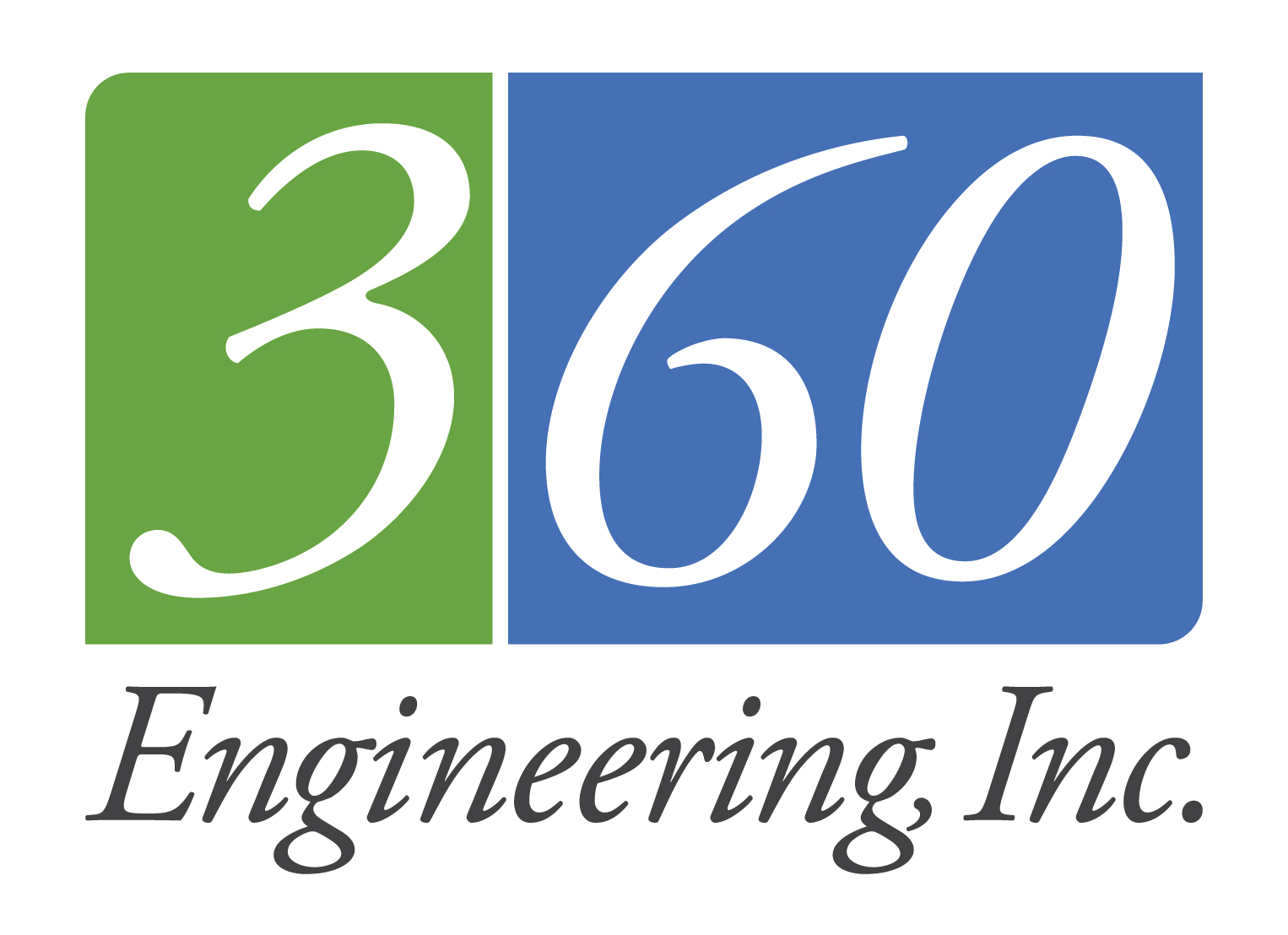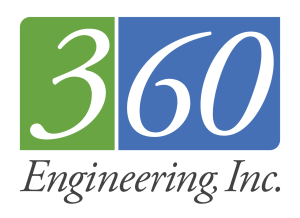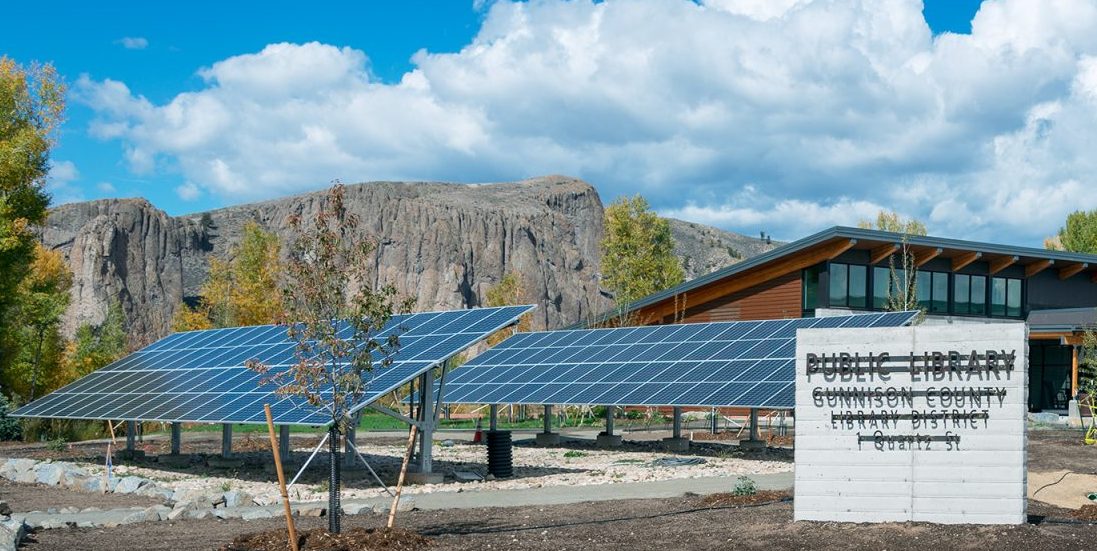
Gunnison County Libraries was looking to replace its existing library in Gunnison, Colorado, with a new sustainable building providing flexible and functional community space. The 15,000-square-foot public facility also needed to stand up to the harsh and variable weather conditions experienced in Gunnison. The high-elevation mountain sun is intense all year round, while winter ambient temperatures in the Gunnison Valley can drop below negative 30 degrees. In addition to cold temps, deep and heavy snow is common, so careful design of the roof systems by the Anderson Hallas Architects team was critical to handling snow and ice.
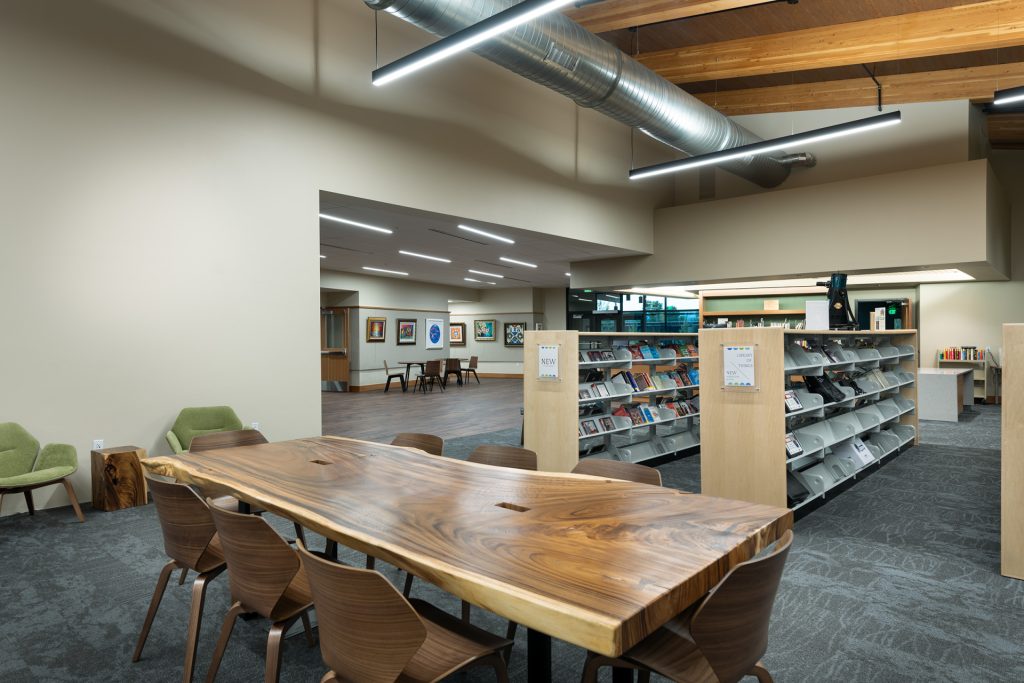
Energy Modeling and Assistance in Achieving Sustainability Goals
360 Engineering provided mechanical and plumbing engineering services, including energy modeling and assistance in achieving sustainability goals for the project. The design team was tasked with providing a building with an EUI (Energy Use Intensity) under 30. As a reference, the median EUI for a library in the US is 71.6 (Energy Star Benchmarking). The energy-efficient mechanical system combined geothermal ground source heat pumps and a variable air volume dedicated outside air system (VAV DOAS) with new DDC controls. The energy model completed at the end of the design predicted an EUI of 27.
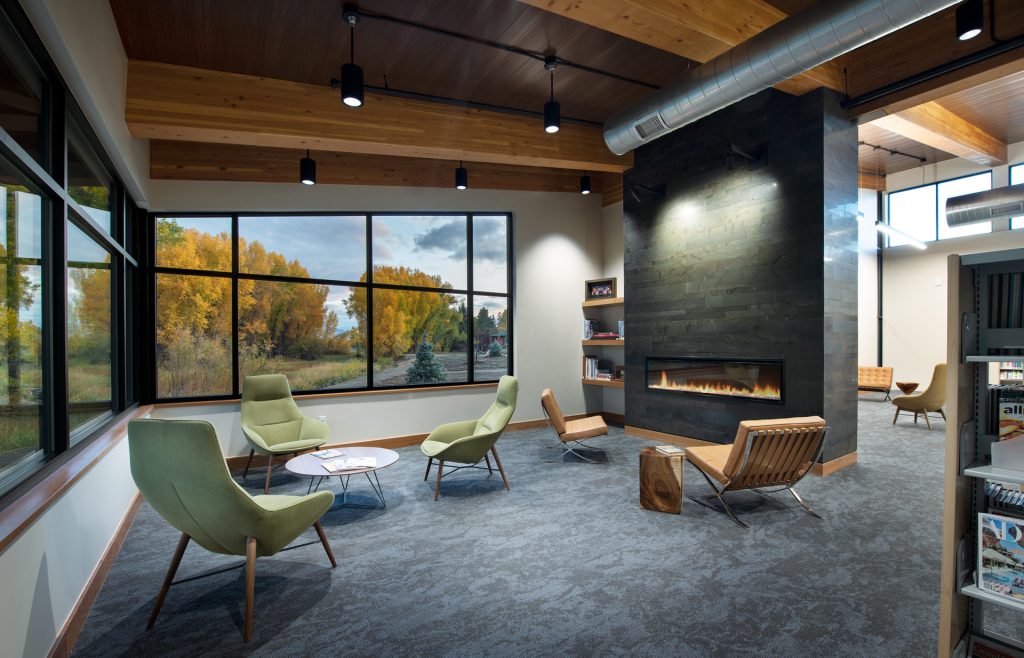
Building EUI (Energy Use Intensity) goals for Net Zero
What does a low EUI have to do with Net Zero? A chart was developed by Building Green (BuildingGreen.com) to provide EUI goals for buildings that, combined with a solar PV array, provide a pathway to a Net Zero building. The Gunnison Library, a single-story, 15,000-square-foot building, has a targeted EUI of over 50. However, the chart developed by Building Green is based on a building using 70% electric and 30% natural gas. Having a goal of reducing fossil fuels and a fully electrified building shifts this chart, and the design goal of under 30 EUI puts us on the right track to achieve Net Zero.
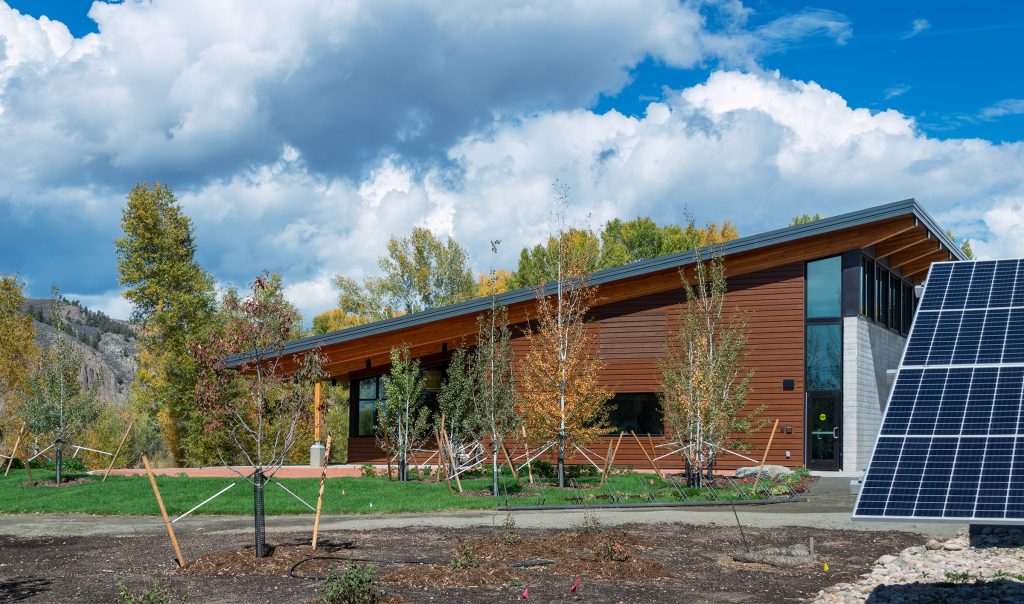
Utilizing Solar
The Gunnison Library utilizes an 18kW solar array with the intent that solar PV could be expanded as the allowable kW per array increases. The 18kW array provides 1.2 watts per square foot and is a minimal array, considering the average size of residential arrays are 7.1 kW (NREL).
So, how is the building doing? Over the last five months, the building has been operating with an EUI of 15.5! As mechanical engineers, this isn’t just a triumph; it’s a testament to our role in shaping a future where Net Zero isn’t a lofty ideal but a measurable reality. It’s a call to action for mechanical engineers everywhere—to engineer not just systems but sustainable solutions that propel us toward a future where our buildings don’t just weather the storm but become beacons of environmental responsibility.
